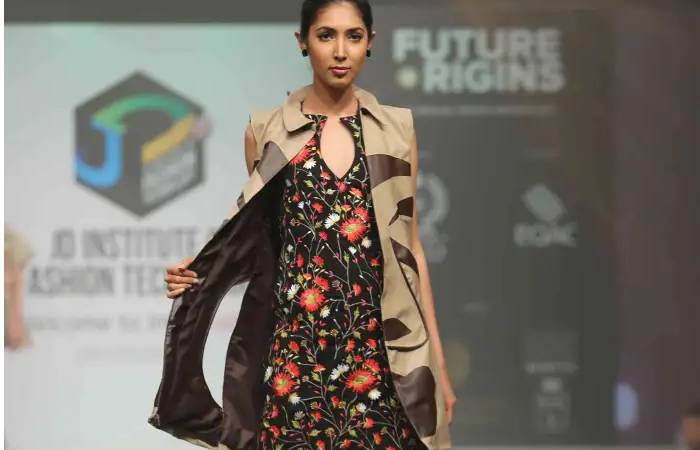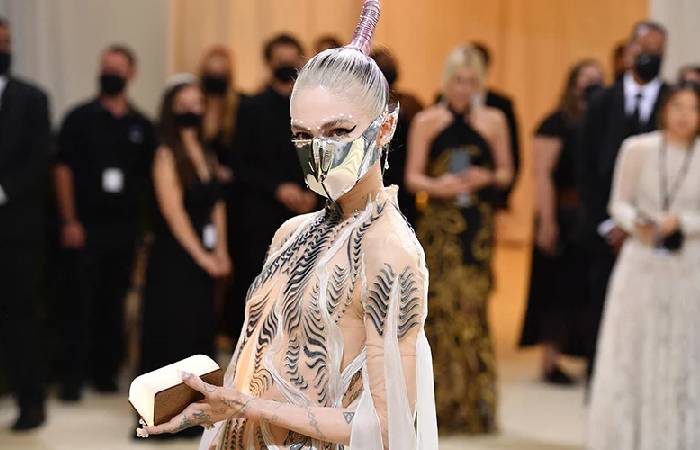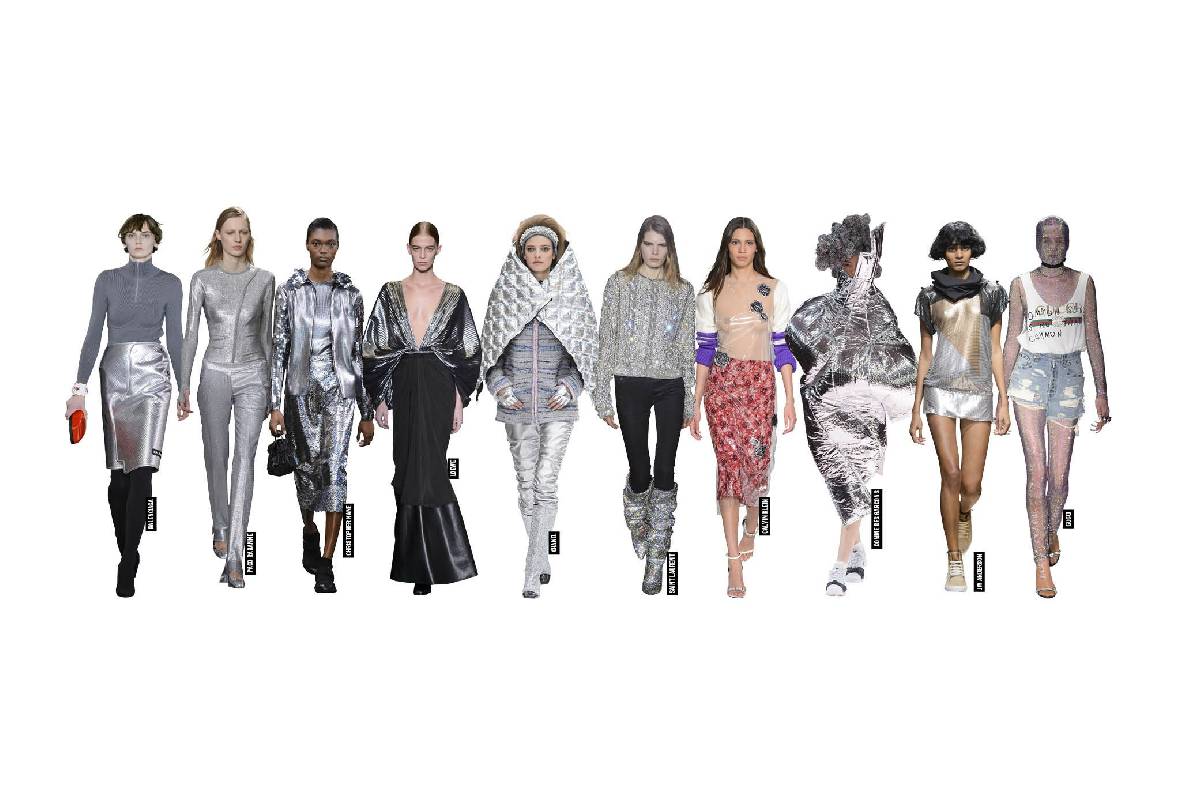Futurism in fashion began in Italy as an avant-garde theory among painters and sculptors in the early 20th century. It evolved into a cultural movement that spread to other art forms, including fashion design. The Futurists called for a break from the past. And a celebration of all that is new, urban and industrial. Futuristic fashion meant fabrics, patterns, colours, and cuts that reflected boldness, drive, and speed—futurism in fashion worn with the onset of World War II. But the movement’s stress on revolt, risk, and modernity continues to inspire Futurism in fashion creators today.
The Fashionable Goals of Futurism

The Futurist style challenged artists to develop new techniques to express the ideas and feelings of the modern world. In 1914, the painter Giacomo Balla, one of the movement’s founders, drew up fashion guidelines. Balla mocked the neutral colours, symmetrical designs, and uniformity that dominated the styles of the day.
Balla insisted that clothing must be aggressive, with “muscular” or deep colour tones and bold geometric patterns. Rather than balance, he prefers asymmetry, such as jacket sleeves cut to different lengths and shapes. In addition, Balla emphasized layered designs that could add or removed to create a new look spontaneously.
Form Follows Function

Futurism redefined the drive of fashion, according to Daily Art Magazine online. Movement glorified action and aggression. And Balla called for simple, comfortable clothing intended to allow the skin to breathe and the body to move quickly. In 1920, thinker designer Ernesto Michahelles, known as Thayaht, presented a roomy, utilitarian, unisex jumpsuit called a tuta, short for the Italian word tutta, which means all.
The tuta caught the public’s attention and was the only futuristic design to achieve commercial success. However, futurism’s new emphasis on clothing designed to suit an active lifestyle was a real innovation. La tuta launched what would become modern sportswear.
The Evolving Styles of Futurism
As the idea of the future changed, so did the role of futurism in fashion. In the early 1960s, in an era of style that Vogue editor Diane Vreeland called “Youth Earthquake,” miniskirts, vinyl dresses, and neon colours signalled the same revolt against the past advocated by the futurists. A youth-dominated culture spawned styles that emphasized originality and equality.
At the same time, Pierre Cardin and André Courrèges present space collections that reflect the interest and enthusiasm of the time for space exploration. The new look was base on elegant and minimalist garments built with geometric shapes.
Also Read: FASHION NOVA PARTY DRESSES – FASHION NOVA MISSION, HISTORY, WORKING STYLE AND MORE

